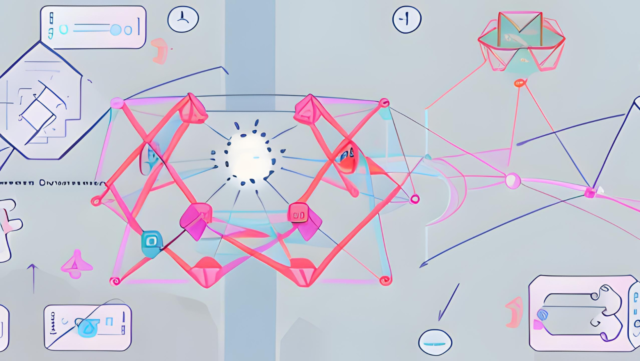The Futurism Group at Hollister
Hollister, a global healthcare company, recognized the importance of being able to predict and prepare for the future in their industry. They took a unique grass-roots approach to form a technology trend sensing program, called Futurism, composed of 15 Futurists who self-selected to participate. The team was able to produce over a dozen trend reports on an extensive variety of topics that went to the highset levels for strategy planning. The easy to read trend reports were each made actionable with recommendations to Act Now, Guide Strategy, Keep Vigilant Watch, or Revisit Later. This case study will explore the formation, process, and impact of the Futurism Group at Hollister.
Formation and Process
The Futurism Group at Hollister was formed based on individual expertise and passions, rather than a top-down approach. Each associate negotiated their involvement with their own manager, leading to individualized justification of the value of the project by each member and likely bolstered their commitment to a successful completion. With minimal resources, the team produced a body of work that included over 13 trend reports on an extensive variety of topics accompanied by recommendations to Act Now, Guide Strategy, Keep Vigilant Watch, or Revisit Later. The resulting process included experimentation in the form of trialing published methods, novel software, and self-organized teams by topic, which required independence, initiative and teamwork in order to build a futurism process and mindset to Hollister.
Impact
The Futurism Group at Hollister had a significant impact on the company’s products and presence in the marketplace. The team’s trend reports provided insight from their own technical experts, allowing for a more Hollister-specific assessment of technology trends. These reports were made available to all on the intranet and incorporated into Strategic Planning documents for the Board of Directors and more. The self-selected Futurists demonstrated great teamwork, which improved the speed and quality of the work. The team was agile and quickly pivoted in response to roadblocks, to keep what was working and ditch what wasn’t. The team was also able to work asynchronously and remotely, which was novel (at the time).
Conclusion
The Futurism Group at Hollister demonstrated the importance and benefits of being able to think like a futurist in the healthcare industry. The unique grass-roots approach of the team allowed for individualized justification of the value of the project by each member and improved the agility, velocity, and quality of the work. The team produced over a dozen trend reports that were Hollister-specific and made them available to all, allowing for a more informed assessment of technology trends. The Futurism Group’s impact on the company’s products and presence in the marketplace demonstrates the value of futurism in the healthcare industry.



